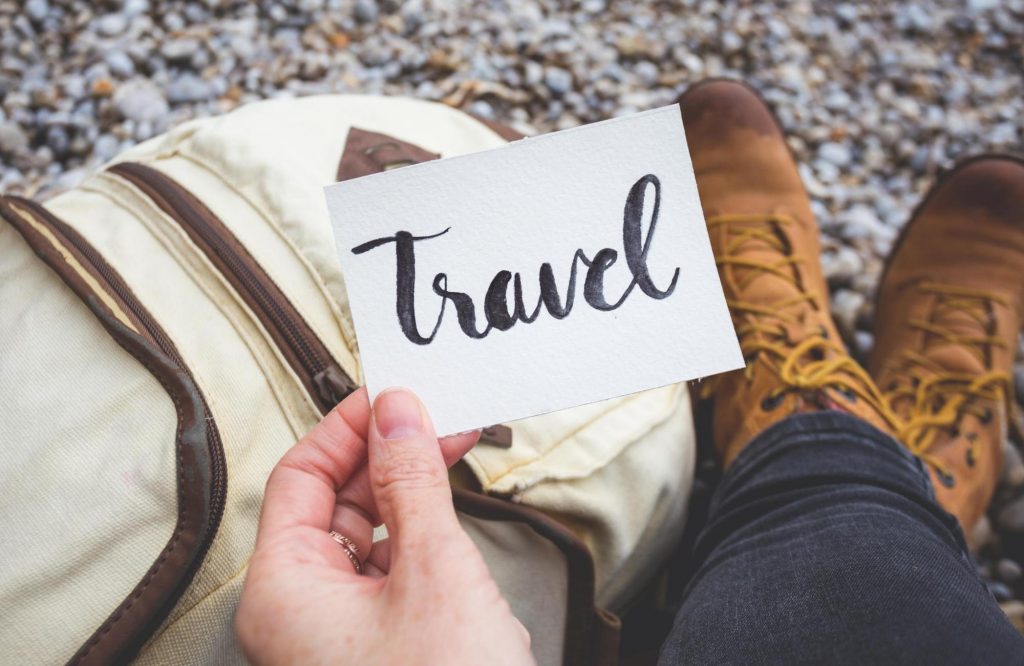A tourist is a visitor of attractions, an army of tourists is now looking for new experiences around the world. What was initially a hero’s occupation (Alexander the Great) later became the target of a social group (crusaders), then a status sign (British gentlemen grand tours), eventually established itself as a universal experience (tourists), says Dean McCanell in his «New Theory of the Leisure Class». Tourists are often criticized for their superficial look at things of interest, as opposed to actual explorers and travelers. But they do shape the demand, therefore spreading the values of the global village around the world, which makes it increasingly homogeneous.
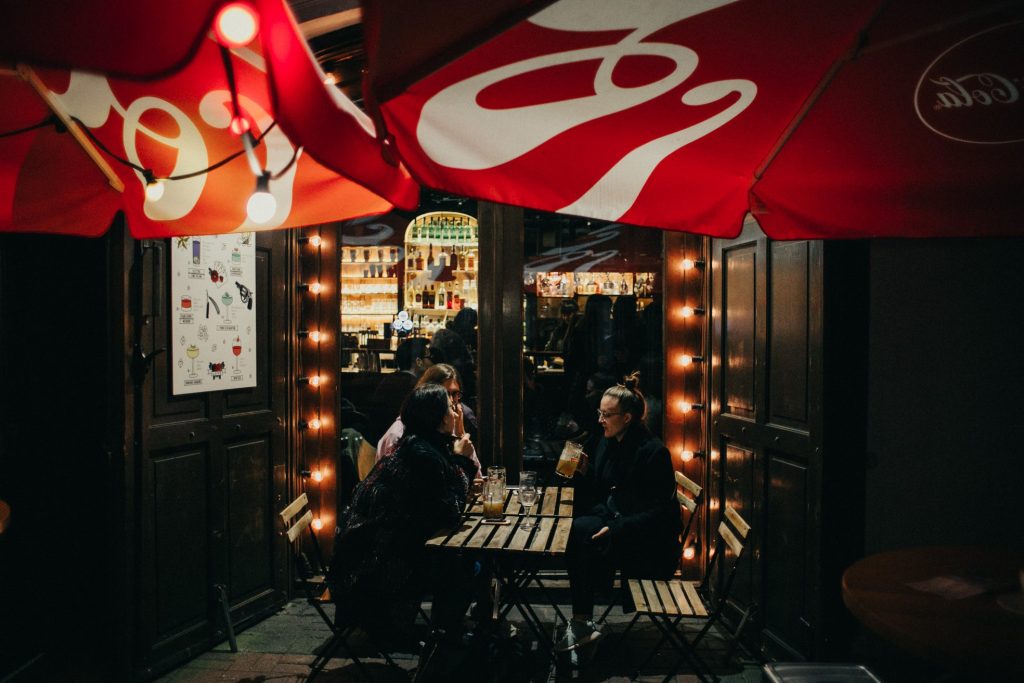
When leisure time is supposed to be productive, it is sightseeing that is used to engage a person in expanding their own horizons and engaging in relations with the community. Tourism is developing at a rapid pace, and if in 1950 only 25 million people traveled in the world, then in 2015 the number of travelers was 1,186 million and, according to experts, will reach 1.8 billion people by 2030. The tourism industry brings about 10% of world GDP annually, which in 2015 reached $1.5 trillion.
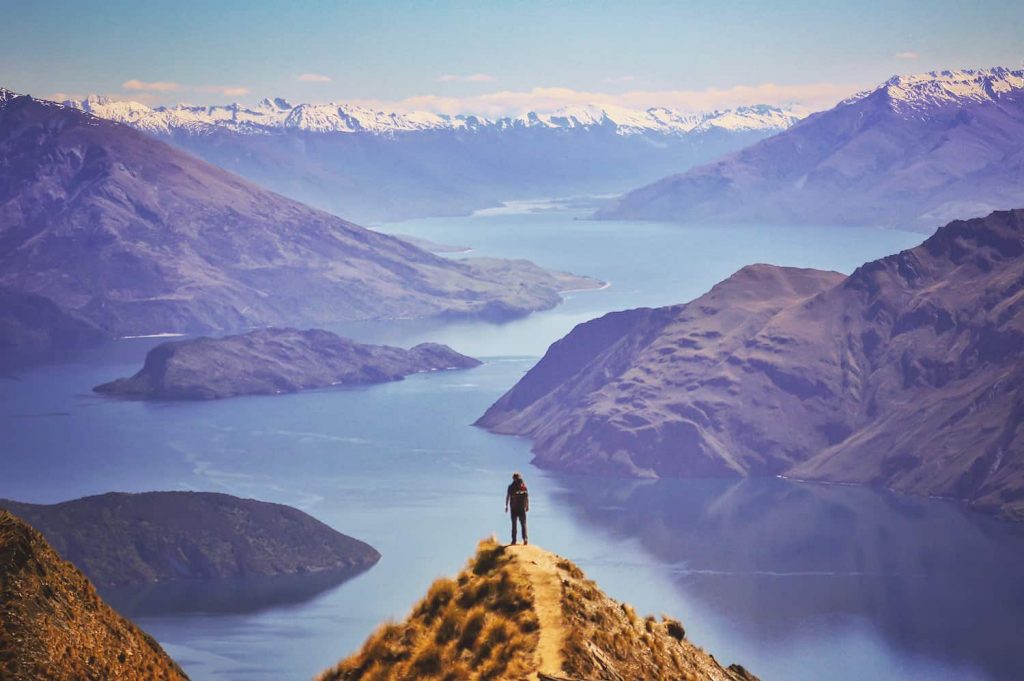
The Instagram Criteria
500 million active Instagram users post about 85 million photos every day, 40 percent of the audience under the age of 33 cite “instagram” as one of the deciding factors when choosing a vacation destination.
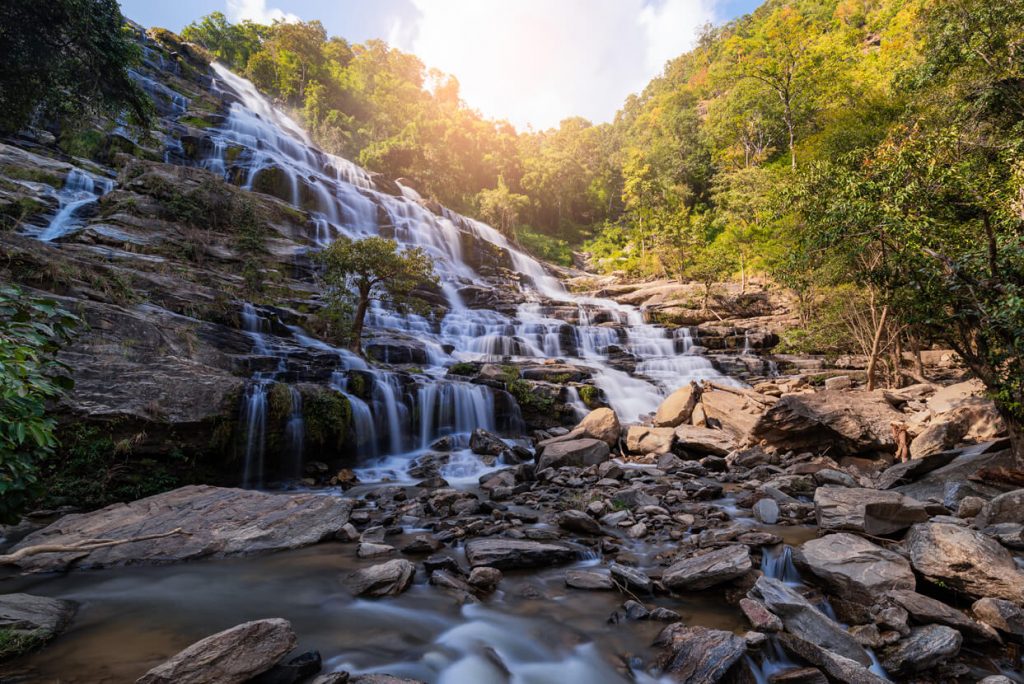
Youth tourism
According to the WYSE Travel Confederation statistics, in 2017 the number of youth tourist arrivals increased to 304 million and accounted for 23% of the total. The total value of this market is estimated at 250 billion euros. These numbers are showing rapid growth and, according to expert estimates, by 2020 the total number of youth tourist arrivals will already reach 370 million. This is how young people become an important factor in the development of their places of residence, opening up new attractive places for tourists and creating new forms of accommodation.

Young people do not make serious demands on the tourist resources of a particular place, and sometimes they create them themselves. For example, kitesurfers come to the small village of Kalpitiya in the northern Sri Lanka, where a strong wind is found on a daily basis, and build their own infrastructure for skiing. Then hotels and restaurants open, more numerous and demanding kiters come, and the village grows, in 5-10 years it is already on the list of tourist places. The host country must understand the rapidly changing needs and desires of young people in order to stimulate them to travel.

Backpackers are no longer a narrow group of tourists, but a widespread movement in youth tourism, and they are now joined by digital nomads and flashpackers, whose main principle is freedom of travel and maximising the experience.
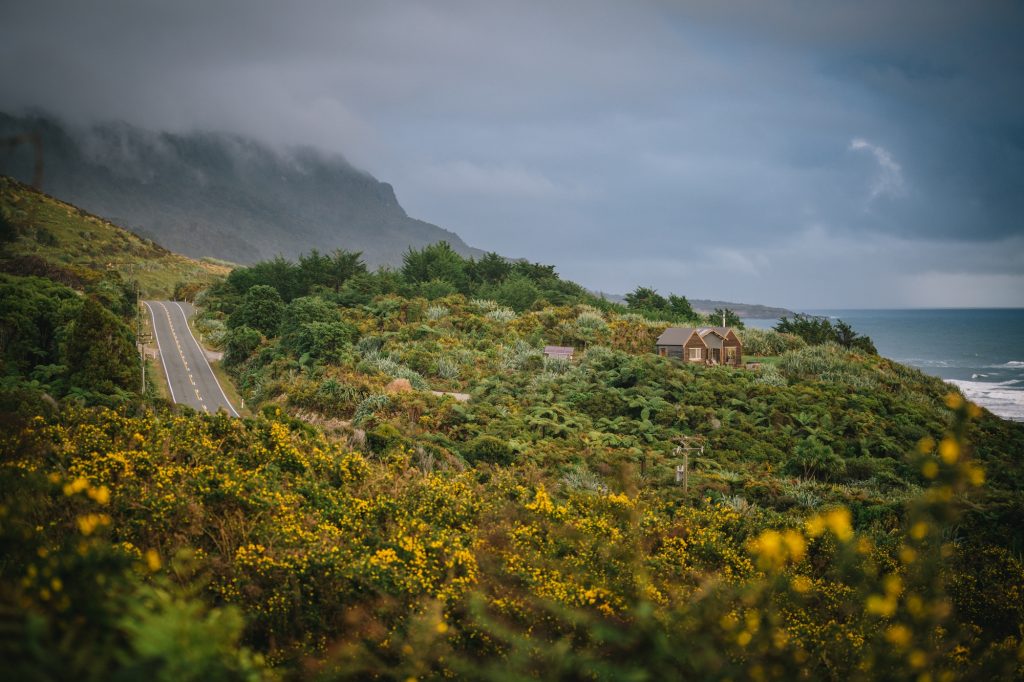
Mobility and Sharing Economy
With the general increase in mobility, where people are able to work remotely even while traveling, the duration of youth travel has increased. And the fact that young people can live outside their native region for a long time makes them happier and encourages new travels.
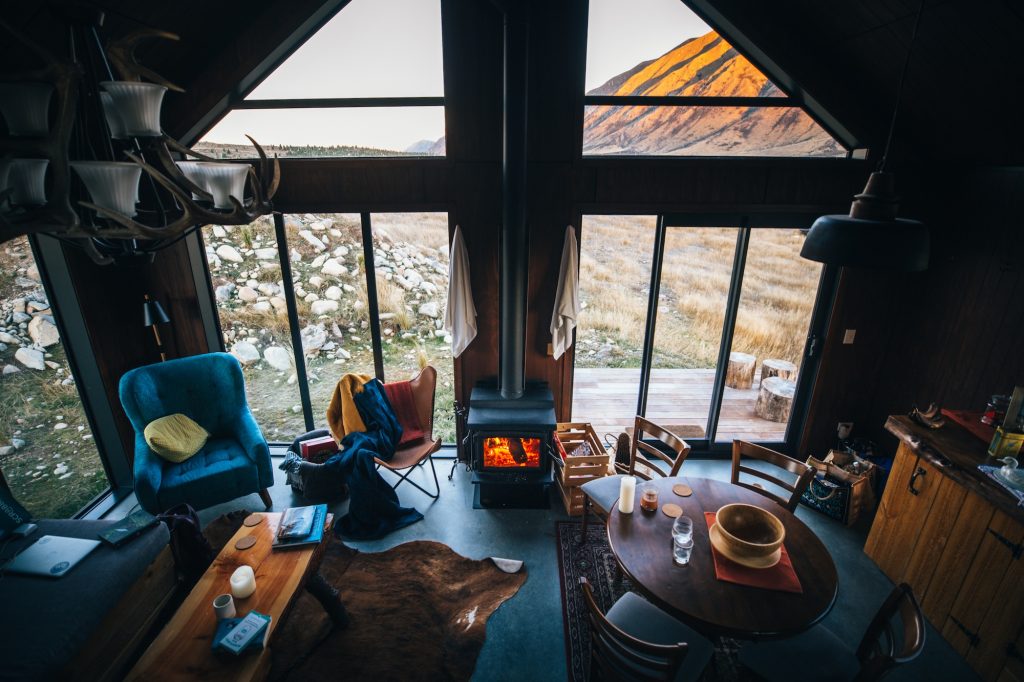 With the rise of sharing services, or the sharing economy, the entire travel industry is changing. By 2025, companies operating in five sectors of the sharing economy will receive $ 335 billion, according to PwC estimates. The popularity of Airbnb and Uber positively affects the local economies of all regions of the world, supports local residents and businesses, and promotes cultural exchange.
With the rise of sharing services, or the sharing economy, the entire travel industry is changing. By 2025, companies operating in five sectors of the sharing economy will receive $ 335 billion, according to PwC estimates. The popularity of Airbnb and Uber positively affects the local economies of all regions of the world, supports local residents and businesses, and promotes cultural exchange.
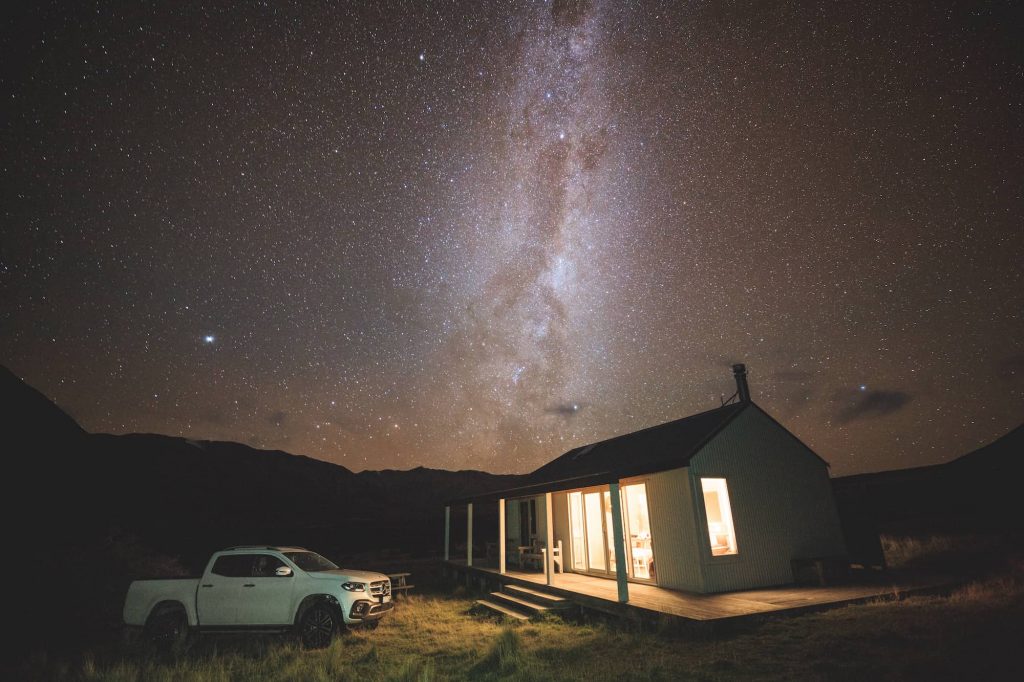
New Experiences
Young people are increasingly traveling in search for new experiences, aiming to get the most out of travel. The likelihood is that this will lead to the higher costs relative to traditional travel.
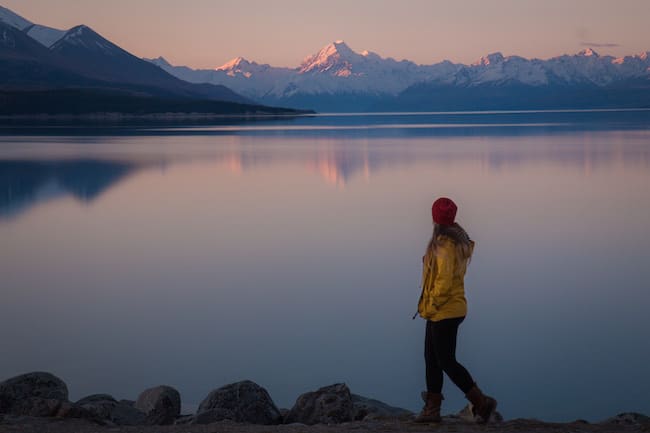
The most popular experience among young people is the opportunity to live like a the locals. In 2017 more than 50% of respondents answered that they lived like a local population while traveling, compared to only 28% in 2012.
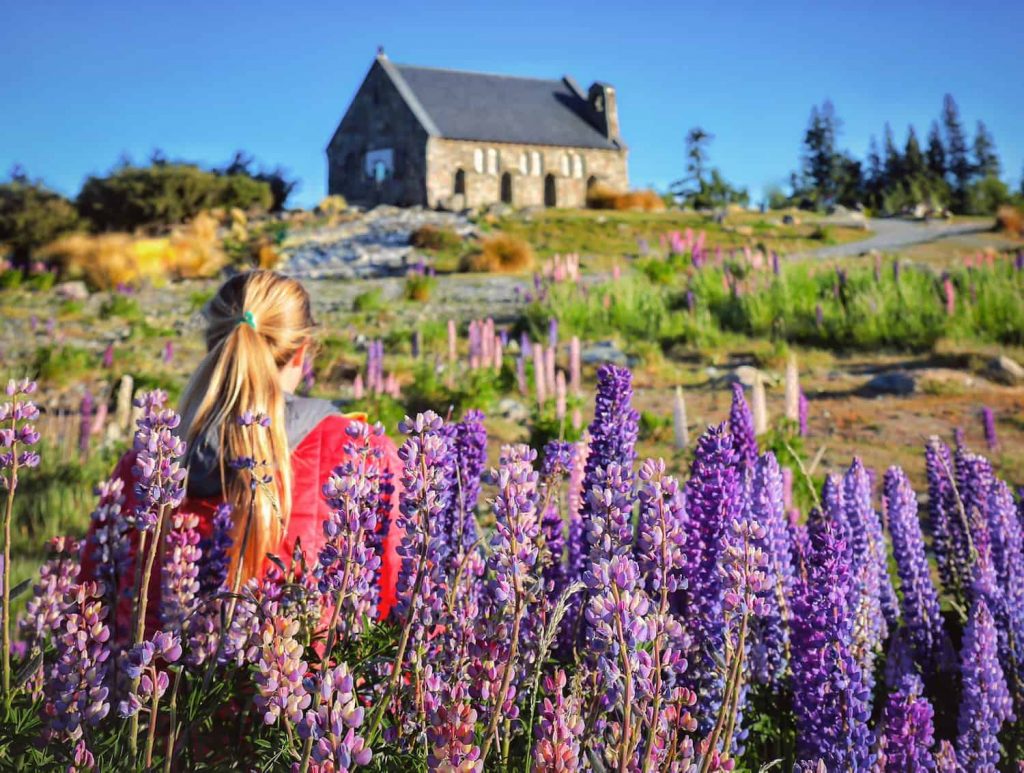
More and more provider companies and startups that specialize in this trend are emerging. These are the famous Airbnb and their relatively new section of experiences, the creators of electronic thematic guides, numerous services for booking unusual travels. Pacific Camp auto hostels network collected all the most interesting: lifehacks, routes and recommendations of local experts. The bus itself is a practical hotel on wheels.

Growing Popularity of Events
The growing popularity of festivals creates new destinations for youth tourism. Almost 19% of young tourists attended music festivals, 26% — gastronomic festivals. For example, you are traveling by bus from Madrid to Porto, the Pacific Camp app notifies you that 10 kilometers from Lisbon there will be a festival with your favorite Imagine Dragons and The Weekend tomorrow, and your friends were right at such an event last year. You can transfer to the service’s connecting flight in Porto and spontaneously go for new experiences.

According to statistics, the costs of festival visitors are way higher than those of other young travellers. But even here there are opportunities for savings. For example, Pacific Camp buses are equipped with all the necessary amenities: comfortable beds, showers and a kitchen. Such a bus can replace air travel, travel by train, and transfer from the airport to the hotel, and the hotel itself, the cost per day is only 33 euros. The founders of the startup not only took care of the environment, choosing to use a quiet and economical engine, but also opted for orthopedic mattresses and pillows.

Booking, Digitalisation and Traditional Travel Agencies
The travel industry is as digitalized as possible: we’ve learned how to search for information about where to go, on Tripadvisor or blogs / vlogs, AI already knows how to analyze personal preferences and give personalized recommendations. With the latest services, you won’t need to spend time preparing for your trip: the program offers pre-formed routes that can be changed on the go.
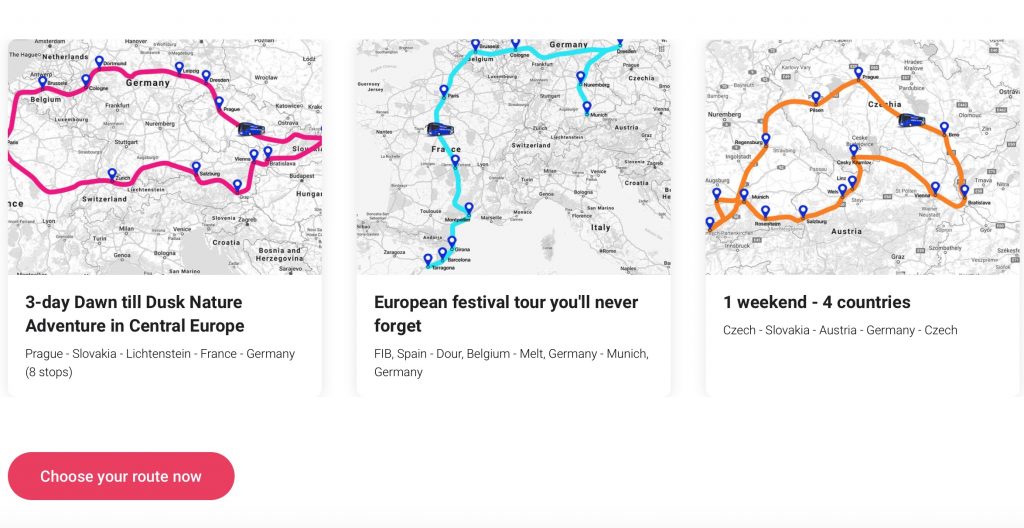
In European countries, people book with traditional tour operators less and less frequently — no more than a third of budget travellers come to the tour agency office, and their number is falling. The main product of travel agencies, package tours, also go to online platforms, and technologies make it possible to support and receive feedback from customers.

But growth is taking place in the segment of premium tourism agencies, to which educated and wealthy people have returned: they are interested not only to see the sightseeing attractions, but also to learn the story behind it from a highly professional guide, whom you have to book a year in advance, to live in a unique place and follow a meticulously planned program.
Elena Ritz, CEO of RitZ SE: “The client had to fly from Tenerife to Vilnius via Germany. The day before departure, Spain and the Canary Islands are declared to be the «red zone». Virus test required. Clients no longer have time to take a test in Spain, arriving in Germany at night and it is impossible to pass the test. This is half the story. By chance, in my correspondence with the 5 star hotel, I learn that passengers from the «red zone» are not accommodated. That is, a person will come to the hotel reception, talk to everyone, but they will not let him into his room, although at night he is already safe in his room. But you can check into the hotel across the street … Thus, any flight turns into a whole adventure with endless calls, clarifications, and sometimes with a change in the route due to new unreasonable rules. Our other clients are willing to charter a private jet to fly to their property in Spain, but only one passenger has a residence permit to fly. The rest of the group has to give up the trip. »
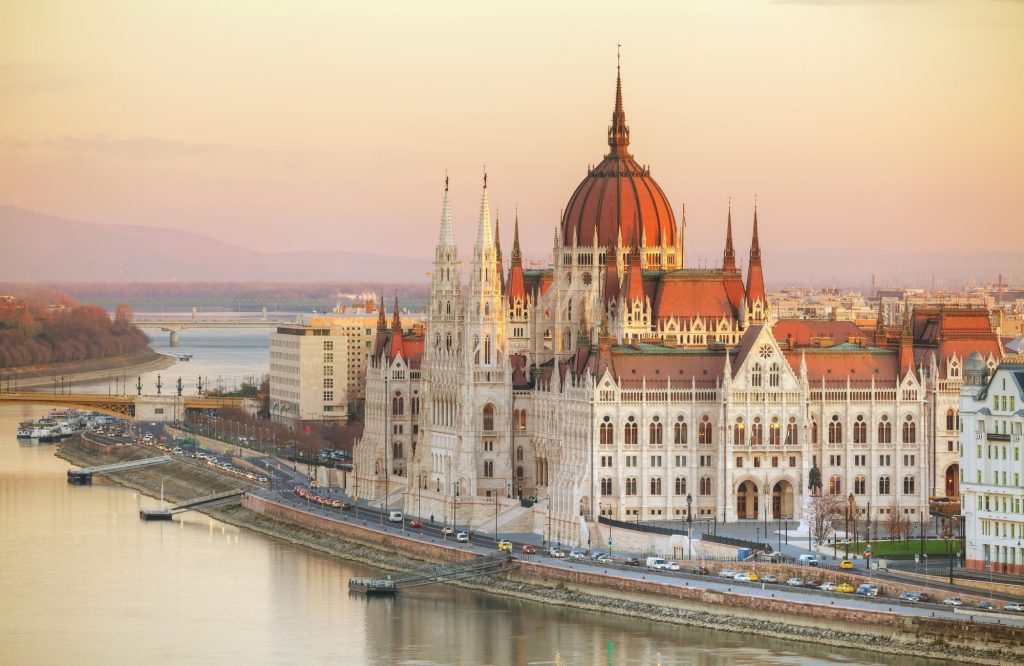
Choosing the Destination
At the stage when they make their first independent trips, young people usually have a list of places to see. The so-called bucket lists, filled with books and blogs of the same name and following trends, and therefore about the same.

For example, in 2018-2019, it was in vogue among Europeans to travel to the places of the Great Silk Way, especially to Uzbekistan. One of the trending travel formats in 2020 is cruises, in which you can see several places in one vacation. Mediterranean, Caribbean, Malacca, Japan, fjords of Norway. Lots of more extensive and less fashion-conscious lists have been published, for example, 300 places you need to visit before you turn 30.

Services and Startups for the Independent Travellers
The percentage of independent tourists is increasing from year to year, the trend towards abandoning the classic scheme of package tours is increasing. And for millennials, smartphones have completely replaced computers when it comes to searching and booking tours. Travelers buy tickets on SkyScanner, Anywayanyday, and Booking and Airbnb have long reshaped the traditional accommodation booking market. For example, Tripinsurance offers insurance in a few minutes, in the service you can get an urgent consultation from a specialized doctor. Pacific Camp, a conceptually new type of travel, allows not only to save time and money, but also to find new interesting contacts. Pacific Camp allows you to find fellow travelers who can share your interests and travel experiences. You register with your Facebook profile, the neural network learns information about you, your friends and hobbies and suggests the most suitable travel companion and route.

Youth Tourism in the Near Future
1. Digital nomads (a group of people who use digital telecommunication technologies for professional duties and lead a mobile lifestyle) will become an integral segment of the youth tourism market. As a result, there will be an increase in demand for coworking spaces (shared work space), flexible placement, and transport exchange.
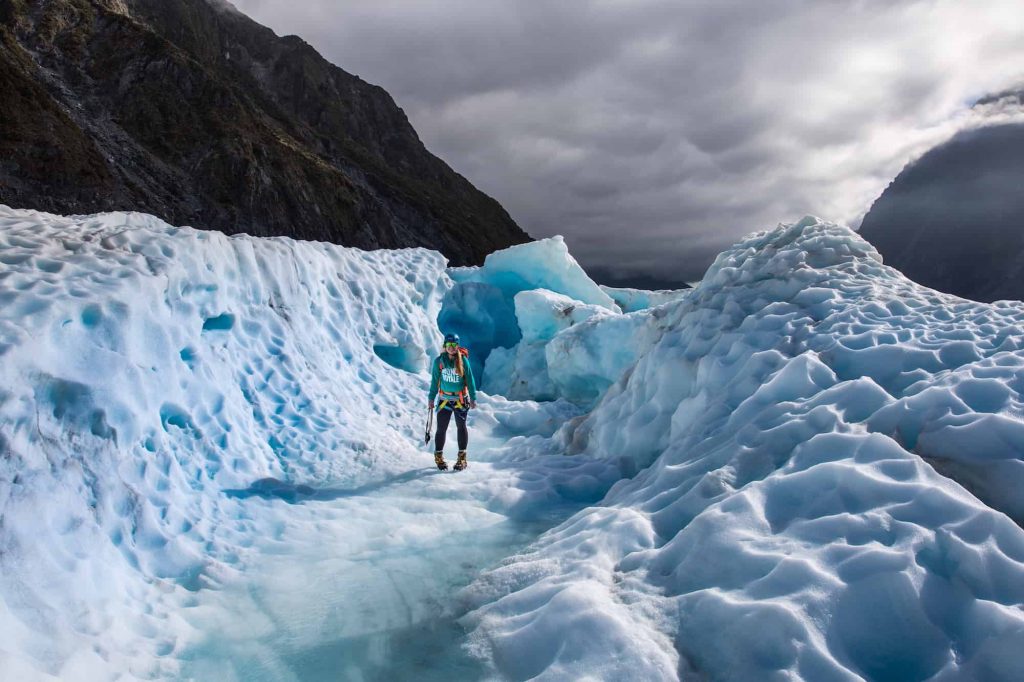
2. Experience will continue to occupy an important place in youth travel, which indicates the possibility of creating new attractive tourism products together with consumers.
3. The use of social media for information search and booking will grow. New channels and platforms will appear that are most preferred by young people.
4. Visa facilitation and support of young travelers for targeted travel (eg attending festivals or sporting events) will continue.

Tourism and the Pandemic: the Trend for Local Travel
At this point, it is important to check the information and flight requirements before traveling. It is advisable to buy tickets once and a second time just before departure. The situation is changing all the time, and even airport and airline employees do not have time to respond and provide accurate information.
Elena Ritz: “Now only the most courageous travel, perhaps, or because of great need. The most logical thing is to explore the country you live in. You can rent a car or take a short flight and finally see places that are nearby, but which you have not yet seen. Each country has its own beauty, each corner is unique. We are so accustomed to living on airplanes and flying wherever we want and our funds allow that sometimes it is very difficult to stop and see what is actually around you. Do I need to rush somewhere right now? After all, this crazy times will pass and again streams of tourists will look with admiration at the Colosseum, hug tightly and fill the streets of cities and towns ”.
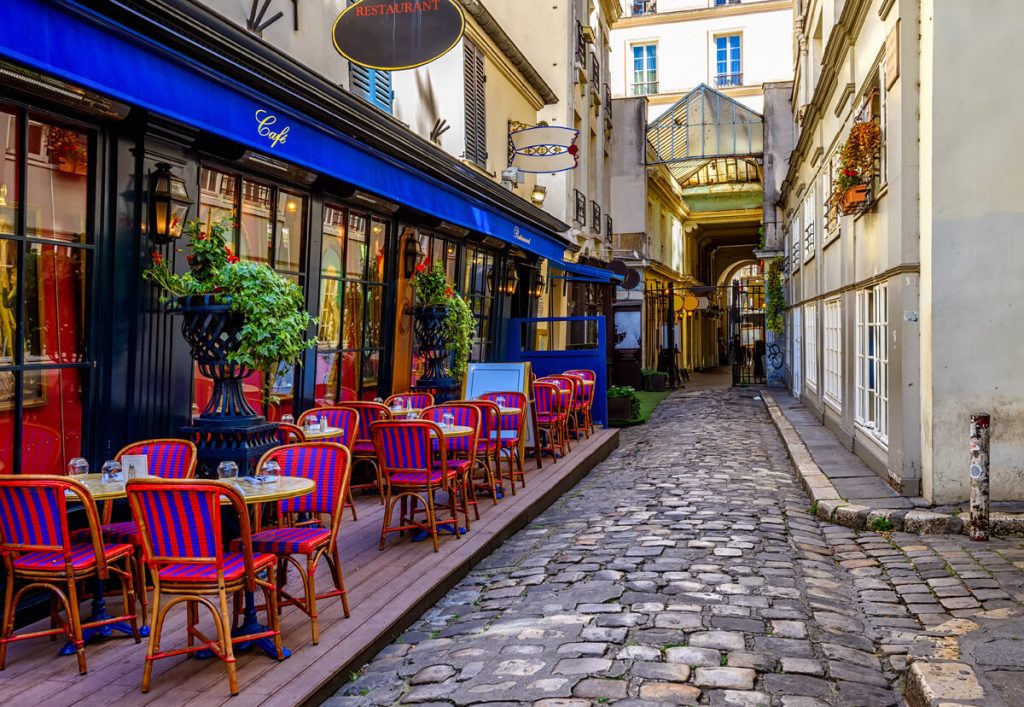
How to Attract Young Tourists?
To attract young tourists, it is necessary to build a modern infrastructure, develop the areas of interest. For young tourists all over the world it is important to have access to local guides as an app, the possibility of booking places in budget hotels and obtaining a visa, getting information concerning educational programs, cultural sites, etc. All this creates the potential for the emergence of startups and the development of the industry.

The growing mobility of young people, their desire to live while traveling as a local, the increasing popularity of festivals, as well as the ability of young people to independently discover new attractive tourist destinations give reason to believe that almost any territory, regardless of the availability of tourist resources, when conducting a well-planned marketing policy can count on the attention of young tourists.
